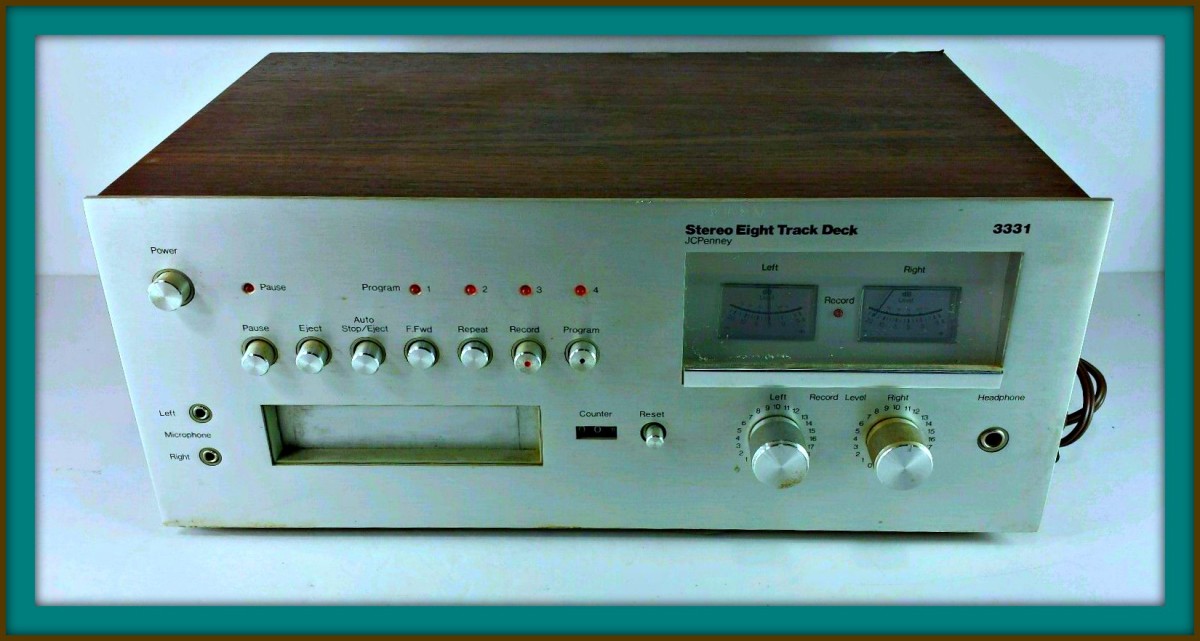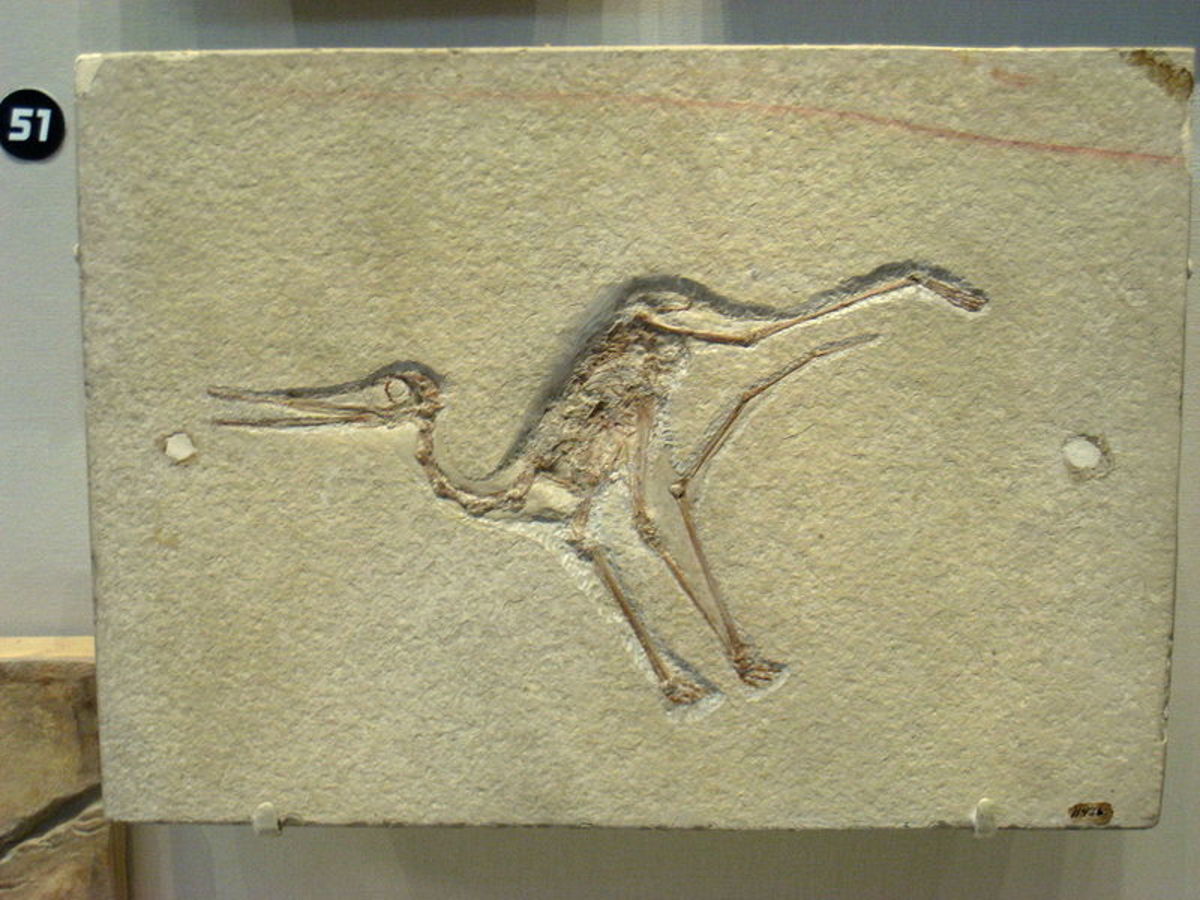He healed with magnets
A man of his time
By the 18th century the importance of mathematics and the physical sciences (chemistry and physics) was widely recognized. The physical laws of gravity, magnetism, electricity, optics, and motion were being worked out. Sir Isaac Newton's Law of Universal Gravitation was based on findings that stars and plants at great distances from each other could influence each other's orbits. Philosophers and scientsts began to appreciate the unity of all things. Physicians were seeking new cures for physical and mental ailments. If the physical world operated on the basis of mechanical laws, shouldn't biological processes be equally lawful? Gravity and electricity were powerful, yet invisible forces. Why then should magnetism not also be viewed in this way? Franz Anton Mesmer (1734-1815) developed a theory of "animal magnetism," an "ethereal fluid" which linked together living and nonliving matter. He maintained that animal magetism could influence the human body.
Beginnings
Mesmer was born in Austria and received a dcorate in medicine at The University of Vienna. His doctoral diossertation dealt with the effect of heavenly bodies on health. He married a wealthy widdow, became a successful musician and financially sponsored Leopold Mozart. Leopold son, Wolfgang Amadeus, later wrote a glass harmonica concerto dedicated to Mesmer.
Mesmer was about forty yeras old when he witnessed a demonstration in which magetized plates were used to cure certain physical illnesses. Father Maximillian Hell, a Jesuit priest, believed that magetism was a curative force and apparently achieved extrordinary cures. Mesmer and the priest became friends and Hell had his craftsmen provide magnetized plates for Mesmer, who adopted Hell's methods. He believed that the human body was like a magent, with right and left sides acting as positive and negative poles. When the force field became disorganized, it created physical symptoms. Mesmer believed he could bring harmony to this force field with the use of magnets and iron filings.
Mesmer was successful in treating what was then known as "hysteria," the presence of physical symptoms without known organic cause. He develped a large following in Vienna. Mesmer now believed that he possessed a magnetic force and began treating patients with his hands and without the use of magnets. Unfortunately, he became involved in scandal. He had treated an eighteen year old blind girl and was accused of improper behavior toward the girl. Mesmer was forced to leave Vienna but resumed his practice in Paris, where he again was successful. One technique was the use of a wooden tub of "baquet" filled with water and iron filings. Patients were immersed in the tub and grasped iron rods projecting from the sides. It is also reported that he magnetized a tree and treated persons touching ropes hung from its branches.
Controversy
Mesmer's methods aroused sketicism among many physicians. Father Hell also turned against him, accusing Mesmer of stealing his ideas. In 1784, King Louis XIV appointed two separate royal commissions to invesitgate Mesmer's claims. The first commission included Benjamin Franklyn, then American ambassador to France, Antoine Laurent Lavoisier, renowned chemist who had discovered oxygen,, and Joseph Guillotine, who later invented a "humane" way to execute enemies of the French Revolution. The first commission, which became known as the Franklyn Commission performed controlled experiements including the use of people who believed they had been magnetized but had not. The commisions reported that the effects that Mesmer achieved had indeed occurred, but it was not magentism that had produced the results. When patients believed they had been magnetized but had not, they experienced similar cures to those achieved by Mesmer. The commissions concluded that Mesmer's results were the effect of imagination, not magnetism.
Aftermath
While Mesmer was not adverse to exaggerating his results, he probably believed in them. His importance lies in his recognition of psychchological influences on human behavior. His work exerted a powerful influence upon the developing fields of psychiatry and psychology. He had achieved success with a false theory. His techniques, now called hypnotism, spread throughout Europe and The United States. The use of suggestion and hypnosis in medical practice led to an interest in treating hysteria psychologically and to the later development of psychoanalysis by Sigmund Freud.
Belief in magnetic cures also lives on and attracts enthusiasts to this day. Some claim that magnets can relieve pain, heal bones, alleviate depression, and even make wine taste better. Adherents believe that the magnets help with blood circulaton because of iron in red blood cells. There are nummerous annecdotal reports of successes, particularly with pain reduction. Some controlled studies also report success but others do not. Skeptics point out that a "placebo effect." again the influence of suggestion, accounts for alleged cures. It is difficult to conceal the presence of magnets in double blind research studies . Despite the absence of conclusive evidence, there is a growing industry in magnetic bracelets, bands, insoles, back braces and mattreses.







